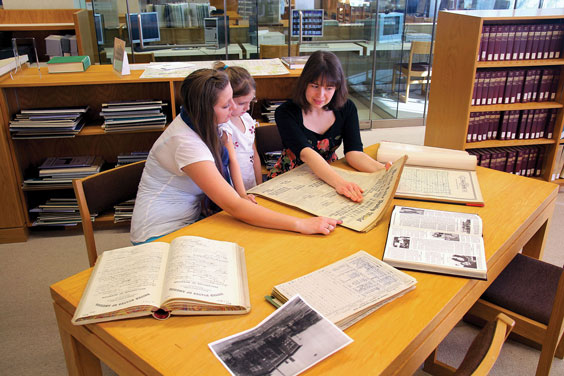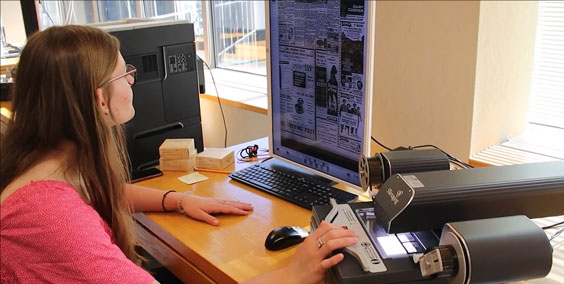A Marvel-ous World of Superheroes Heads to the State Museum
If your Spidey senses are tingling, it may be because Marvelocity: The Art of Alex Ross is coming to the North Dakota Heritage Center & State Museum. The traveling exhibition, developed by the Bess Bower Dunn Museum of Lake County, Illinois, will bring the gravity-defying world of Marvel Comic illustrations to Bismarck from March 16 through June 9, 2024.

Spider-Man, Marvelocity Cover, 2018
The exhibition includes more than 50 original illustrations, including cover art, storyboards, preliminary drawings, sculptures, and even a set of homemade action figures fashioned by Alex Ross when he was a child in Lubbock, Texas.
Ross is a prolific and award-winning illustrator, writer, and fine artist. He created his first cartoon at age three after seeing a live action Spider-Man sequence on “The Electric Company” television program. As a teenager he carefully studied the visual techniques of comic book and graphic novel artists before following in his mother’s footsteps and studying at the American Academy of Art in Chicago.
In 1990, Ross’ first published comic book illustrations appeared in Now Comics’ “Terminator: The Burning Earth.” His initial Marvel cover art was printed in 1993. Ross’ work in the 1990s was primarily for DC Comics. Beginning in 2000 he became more closely associated with the world of Marvel.

Dr. Strange, Marvelocity Cover, 2018
His work is now synonymous with the images of the Avengers, Captain America, Spider-Man, Captain Marvel, Black Panther, Guardians of the Galaxy, the Hulk, the Fantastic Four, and many, many other superheroes.
The fantastical world Ross creates lives outside human parameters, allowing him to push his visual representations of superheroes into a dramatic realm even beyond the limitations of computer-generated imagery (CGI). His characters are monumental and epic in scale, enhanced by exploding compositions that burst from the page. Ross works in the medium of gouache, an opaque watercolor. It allows for layering colors and is popular with commercial artists for its precise control and matte finish.
In 2018, Ross created a new series of cover images as part of a publication project documenting his career with Marvel. These illustrations form the Dunn Museum’s Marvelocity traveling exhibition and feature his signature hyperrealist style and dynamic poses.

Captain America, Marvelocity Cover, 2018
So if action is your reward, come get your fill at Marvelocity: The Art of Alex Ross, on exhibit in the James E. Sperry Gallery at the State Museum, March 16-June 9, 2024. Radioactive spiders not included.



